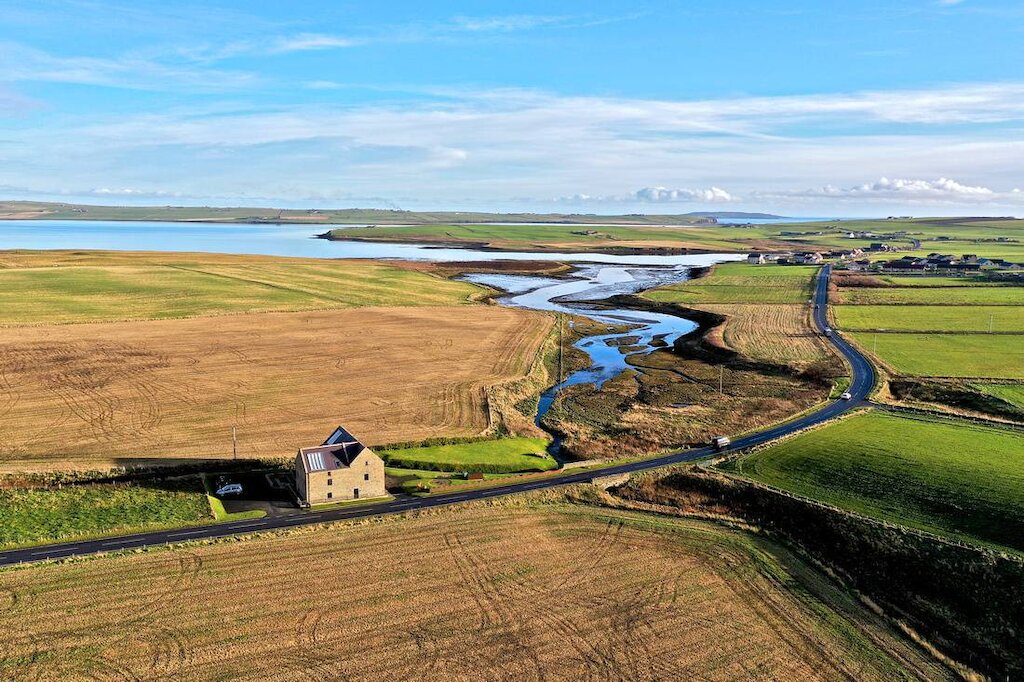Fuel poverty reduction
Historically, fuel poverty has disproportionally affected the lives of people in remote and rural areas, typically due to reduced energy efficient homes and being more reliant on potentially more expensive heating fuels. Orkney is not connected to the UK mainland gas grid, therefore the main fuel sources in Orkney are electricity and oil. Data from the energy performance certificate (EPC) surveys of 6537 houses in Orkney showed that around 70% used electricity as the primary heating source, around 24% used oil, 4% used coal, 1% used biomass and 1% had no central heating. . Energy costs are just one of the factors contributing to fuel poverty in Orkney, with others being the local climate, lower than average income and the conditions of the housing stock. It is therefore clear why there are such high levels of fuel poverty reported compared to the national average. Recent actions to reduce fuel poverty include national schemes such as Energy Efficiency Scotland: Area Based Schemes and the Home Energy Scotland initiative which look to support with improving the energy efficiency of homes. More locally, the THAW charity has been supporting households through small grants also towards insulation, repairs and services. As Orkney moves towards replacing petrol, oil and gas which electricity and renewable alternatives, the county will be less exposed to volatile international energy markets and there will be additional opportunities for local employment.
Grid issues
Orkney has two subsea cables connected to the UK mainland at 33kV each, with a total capacity of 40MW. There are currently limitations around exporting renewable energy due to the capacity of these cables. Orkney has been trailing an Active Management Network and other smart grid technologies to allow for more renewable generation, as well as using batteries and producing green hydrogen with excess energy produced. The main requirement is for an additional subsea cable with a higher import/export capacity to allow for more renewable energy generation and less curtailment. This is under consideration by Ofgem, and intended to be complete by 2027/28 depending on the confirmation of the delivery of new renewable energy projects.
Large wind energy
Orkney has the incredible history of hosting the UK’s first grid connected turbine in the 1950s at Costa Head. The experimental turbine produced 80kW of its 100kW rating and was on the verge of being signed off as a success when it was unfortunately damaged in the 1953 hurricane and the project was cancelled. Wind energy re-started in the 1980s when the world’s largest wind turbine was constructed at Burgar Hill. This 2 bladed 3MW R&D machine performed well, but the programme was cancelled, and focus went towards other technologies. Since then, wind has developed in three directions, community turbines, domestic and farm scale turbines and commercial turbines. By 2013 Orkney was a net exporter of electricity generating 103% if its electricity needs from renewable sources and in 2020 this figure rose to 128%. Constraints in the electricity grid limit the amount of electricity Orkney can export and this limitation has stimulated local innovation to increase renewable energy use locally. Opportunities are now opening in offshore wind, floating wind and onshore wind to support the development of a new subsea cable.



